When I visited Utopia last June, I didn’t think anywhere would be able to top it in the ironic name department, but then I heard about Blissville. A small wedge of a neighborhood that some consider part of Long Island City, Blissville’s borders are defined by the Long Island Expressway, Newtown Creek, and Calvary Cemetery.
Rather than an homage to its tranquil setting, the name Blissville comes from the man who founded it, Neziah Bliss.
Bliss, born in Hebron, Connecticut in 1790, had become friends with steamboat pioneer Robert Fulton. Recognizing a good thing when he saw it, he started his own company, Novelty Iron Works, which built the boilers for the flood of new steam vessels commissioned in the wake of Fulton’s successes.
With the profits from his company, Bliss bought, surveyed, and developed the land that makes up present-day Greenpoint in Brooklyn. He also added a parcel of land across the Newtown Creek in Queens to his real estate holdings. He called it Blissville.
The Committee on Effluvium Nuisances
Newtown Creek is a 3.5-mile-long tributary of the East River and one of the most polluted industrial sites in the country. The creek bottom, colloquially known as Black Mayonaise, contains a “viscous layer, 25 feet deep in places, of human and industrial waste.”1 This pollution is not a recent phenomenon.
In 1883, the New York Board of Health sent a letter to then Governor of New York, Grover Cleveland, with a who’s who of the foulest smelling industries along the creek.
The Committee on Effluvium Nuisances (nobody's first choice for a committee assignment) enumerated the sources of all the smells that greeted passengers of the Long Island Railroad as it made its way along Newtown Creek. First up was Fleischman's yeast factory, described as an ”insufferable nuisance because of the swill-like odor of the mash.”
Next was H.T. Preston and Son’s Fertilizer factory, a “bone-boiling, bone-burning and fertilizer establishment where the ‘web scrap,’ horse-flesh, entrails, and other putrescent matters are stored in great quantities,” and right next door was John Kehoe’s place where he “boils fat in open kettles.”
Not to be outdone was the Van Iderstine factory, which opened its Blissville operation in 1855. In no time, they were melting upwards of 30,000 pounds of fat a day, a staggering amount that required a fleet of trucks to canvass local butchers for their byproducts and a contract that gave them first rights to all the large animals that died within city limits. They operated an enormous meat grinder large enough to handle an elephant. That came in handy when Hilda, a 3,000-pound pachyderm from the Prospect Park Zoo, met her demise after being pushed into a dry moat by her “boyfriend,” Bill. Hilda was turned into soap.
Van Iderstine & Co. was open until the late 1970s when the city shut the operation down for the excessively noxious fumes they produced, a miasma that had been compared to “sharp cheese, rotten eggs, and scorched meat.”2 They moved their operation to New Jersey.
SWILL
Blissville was also a significant producer of swill milk, a term given to the milk produced by stable-bound cows fed exclusively on the alcoholic "mash" leftover from local distilleries.
The only thing worse than the conditions the cows were held in was the quality of the milk they produced, a thin bluish liquid whitened with plaster of Paris and thickened with flour and old eggs. It was estimated that over 8,000 infants died from drinking swill milk in 1857 alone3.
This NY Times article from 1877 showed that the manufacturing of swill milk in Blissville was still going strong twenty years later.
Two dilapidated buildings were found, housing 86 cows - 48 in one and 38 in the other. The animals were crowded together in filthy pens with scarcely any light and very little ventilation. The floors of the stables were hidden beneath several inches of filth, which had evidently accumulated for weeks, and the stench in the place was sickening.
Rueben Sallenstein, who was later arrested, was the owner of the operation. I couldn’t find much more info about Reuben, but I did learn he sold his milk at 55 Hester Street. That same storefront was captured by the great Berenice Abbott in 1937 in its new incarnation as a chicken market.
Oh, Ho! Ah, Ha! Humph, Humph!
Over three million people are buried in Calvary Cemetery, the most of any cemetery in the US. Calvary opened one year after the passage of the Rural Cemetery Act in 1848. Unlike Greenwood or Cypress Hills, Calvary was not a destination cemetery and was primarily known for its low prices. $7 could buy a burial plot, and families could save money by doing the digging themselves.
Of course, with cemeteries come ghosts:
A New York Times article from March 9th, 1884, begins by describing a ghost, which was only really a voice.
He is only a sound, this ghost, and not a pretty sound at that. It is asserted that his usual remark is “Oh, Ho!” though he has been heard to say “Ah, Ha!” and it is reported even, “Humph, Humph!” No one has ever heard him swear or ask for a drink, which is regarded as very strange in Blissville.
The first person to encounter the ghost was Mr. James Flaherty, who was walking past the cemetery at 10 o'clock on Thursday night when he heard a loud voice crying out, “Oh, ho!”
Flaherty, “with an insight worthy of a Parisian detective,” thought this was a call of distress and ran into a nearby building to offer his help. When he got upstairs, he heard the disembodied voice again, though this time from behind the building. At this point, Flaherty thought it prudent to go home.
The next day, he put together a search party of 100 men.
Every man was armed with a six-shooter, a musket, a slingshot, a sand club, or a dagger. Determination was in every eye, and a small bottle of encouragement in every pocket.
The army divided into three groups to start searching for the phantasm and quickly encountered another disembodied “Oh, ho!” shortly followed by an “Ah Ha!”
This escalation precipitated a sudden souring of the search party's enthusiasm, and the “gentlemen subtracted themselves from the locality” as quickly as possible.
The very next day, however, the ghost was back, and this time, he was a she and had assumed a corporeal form.
On his way home from a night of drinking, hotel proprietor John Powers came across a strange little woman dressed in all black who passed him just as the clouds parted. He said there was “something so weird and unearthly about the mysterious traveler that his knees quaked and his heart came up into his throat.” When he turned around to look for her, she had vanished entirely. He headed quickly home.
Later that same evening, another Blissvillian, Thomas Culvert Jr., got a better look.
She was not more than three feet tall and had red hair, he said, and long curls hung down her back. She seemed to be about 25 or 30 years of age, and the expression of her countenance, as he caught a glimpse of her face, was one of deep melancholy, while her eyes were of a stony blue that chilled his very blood.
Several other residents reported hearing “weird and mysterious moans and sighs” throughout the evening.
Finally, on March 12th, James Flaherty’s son, John, solved the mystery.
It was local barber Rollins Johnson who emerged from behind the tree with his hands up. When later asked what made him do it, the barber told a reporter he was just doing it for fun, but “You can bet that I'll never holler again as long as my name is Rollins Johnson."
22, 28, 32, 33, 39
Today, the fat renderers of Blissville have been replaced by asphalt factories and a seemingly endless procession of mechanics and auto body shops. While thankfully, the air no longer smells like a burnt cow, I did notice a rather intense but significantly more pleasant aroma wafting down 37th St, a short two-block stretch abutting the western edge of Calvary cemetery. That sweet smell came from the Wonton Food Factory, which, as it turns out, is the country’s largest manufacturer of fortune cookies, baking over 4.5 million cookies a day.
In 2007, Wonton tried to get a little more existential with their fortunes. Messages like, “Your luck is just not there. Attend to practical matters today,” or “Today is a disastrous day. If you can’t beat ’em, join ’em,” and “It’s over your head now. Time to get some professional help,” had people questioning their life choices over half eaten bowls of Kung Pao Chicken.
The new fortunes triggered a barrage of customer complaints, including a wife who said her husband had gotten a fortune promising him romance on his next business trip. Unfortunately, this prediction came true.
There was even an investigation into the company after they printed 5 of the 6 winning Powerball numbers - 22, 28, 32, 33, 39 on a batch of their “lucky number” sequence fortunes. 110 people played those numbers on March 30th, 2005, and the Multi-State Lottery Association had to pony up $19 million in unexpected payouts. After an investigation, Wonton Food was cleared of any wrongdoing.
SIGHTS AND SOUNDS
This week’s field recording is pretty minimal. Half is from Calvary Cemetery with the sounds of the Lower Montauk Branch of the Long Island Rail Road in the distance, and the rest is just the street noise you would expect from a neighborhood zoned for manufacturing.
FEATURED PHOTOGRAPHER
I first came across Anthony Hamboussi’s work years ago through his book Newtown Creek: A Photographic Survey of New York's Industrial Waterway, a five-year project made in the early 2000s
Hamboussi is the founder of L Nour Editions, a non-profit publisher specializing in photo books by artists from the Middle East and their diaspora.
NOTES
In 2017, Hank Linhart released “Blissville, an Investigation,” a short film he calls a “hybrid docu/poem.” It is a fantastic document that captures the spirit of the neighborhood through multiple vignettes and includes a visit to the Wonton Factory, interviews with locals, and a great soundtrack, 5/5
Mitch Waxman has been writing about Newtown Creek for years. You can read and see more on his Newtown Pentacle site
Calvary Cemetery is where Vito Corleone was buried in the Godfather.
A curated selection of fortunes. More here
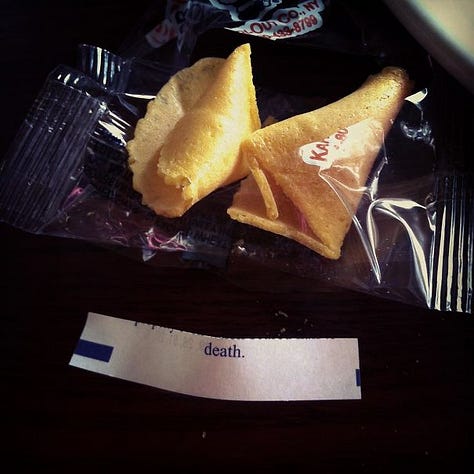
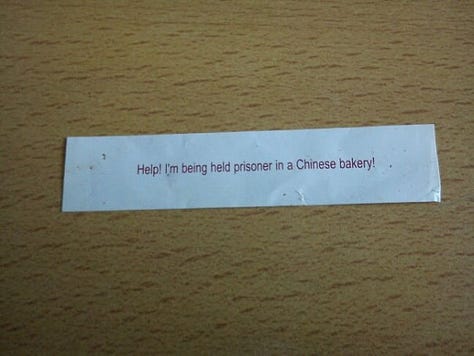

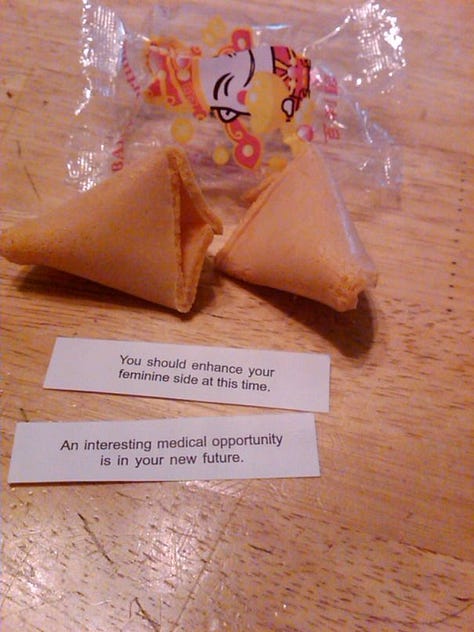
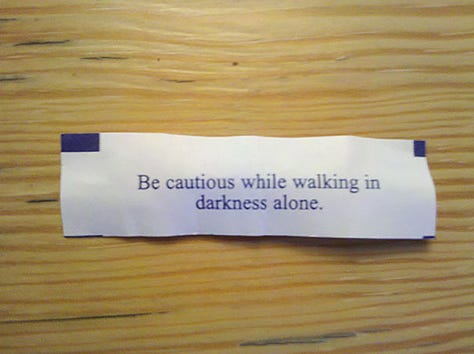
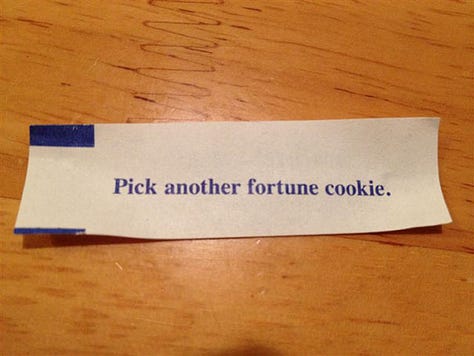

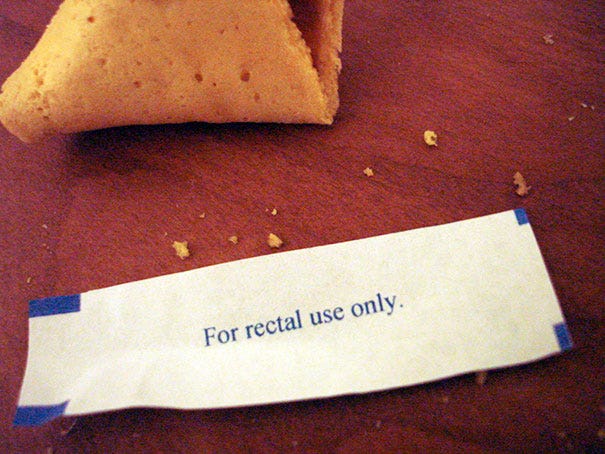






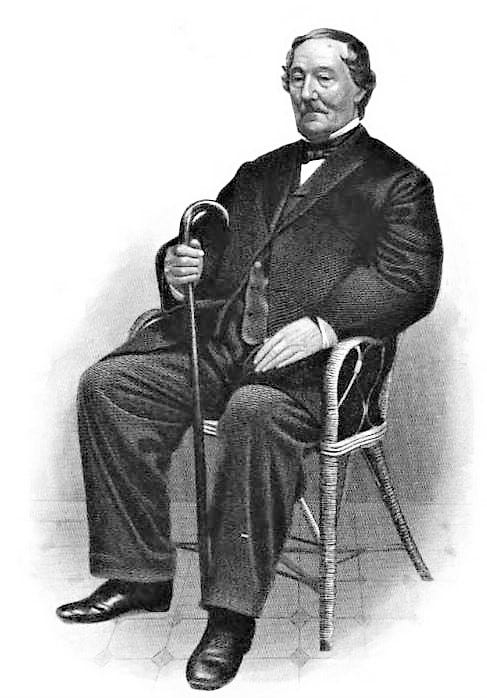





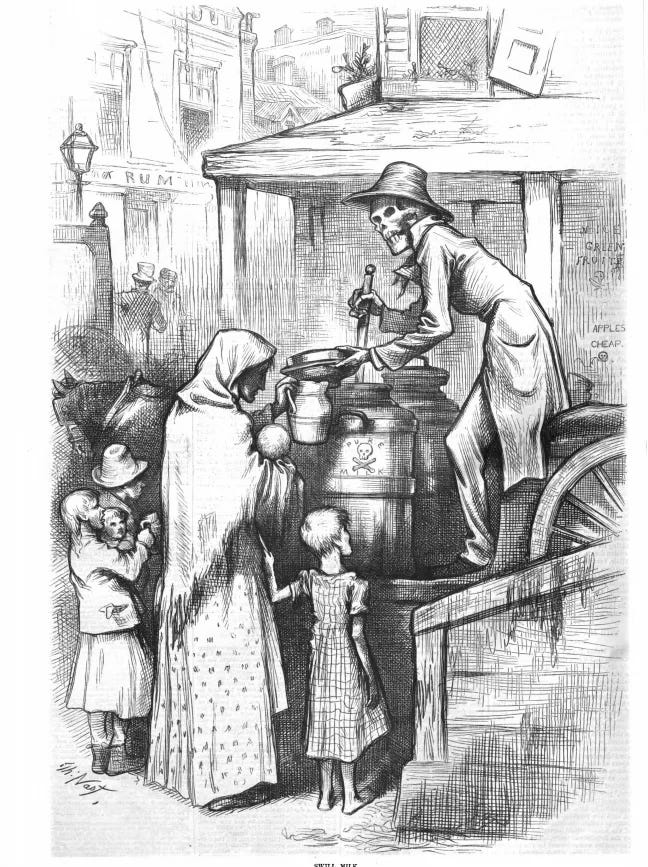
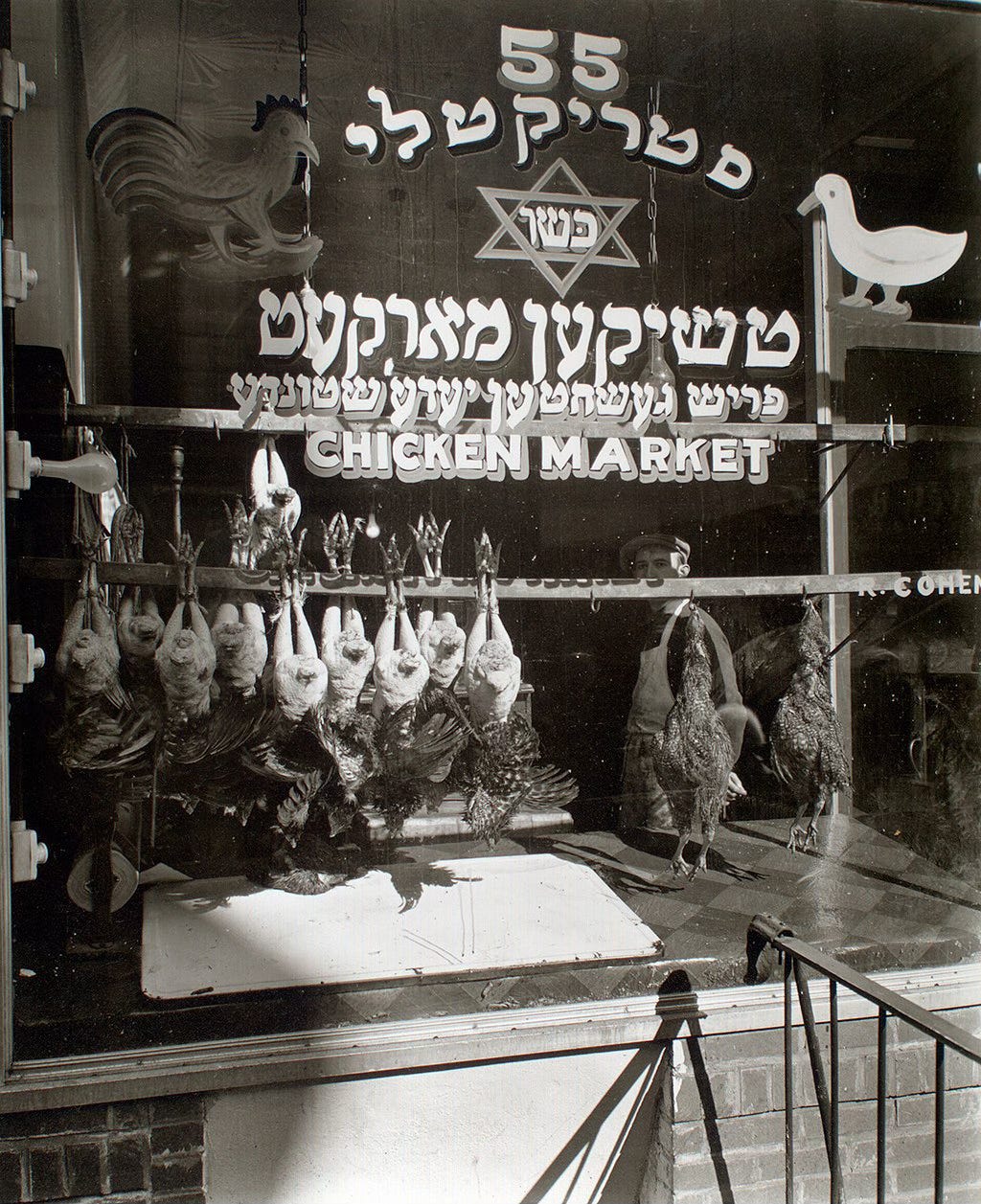



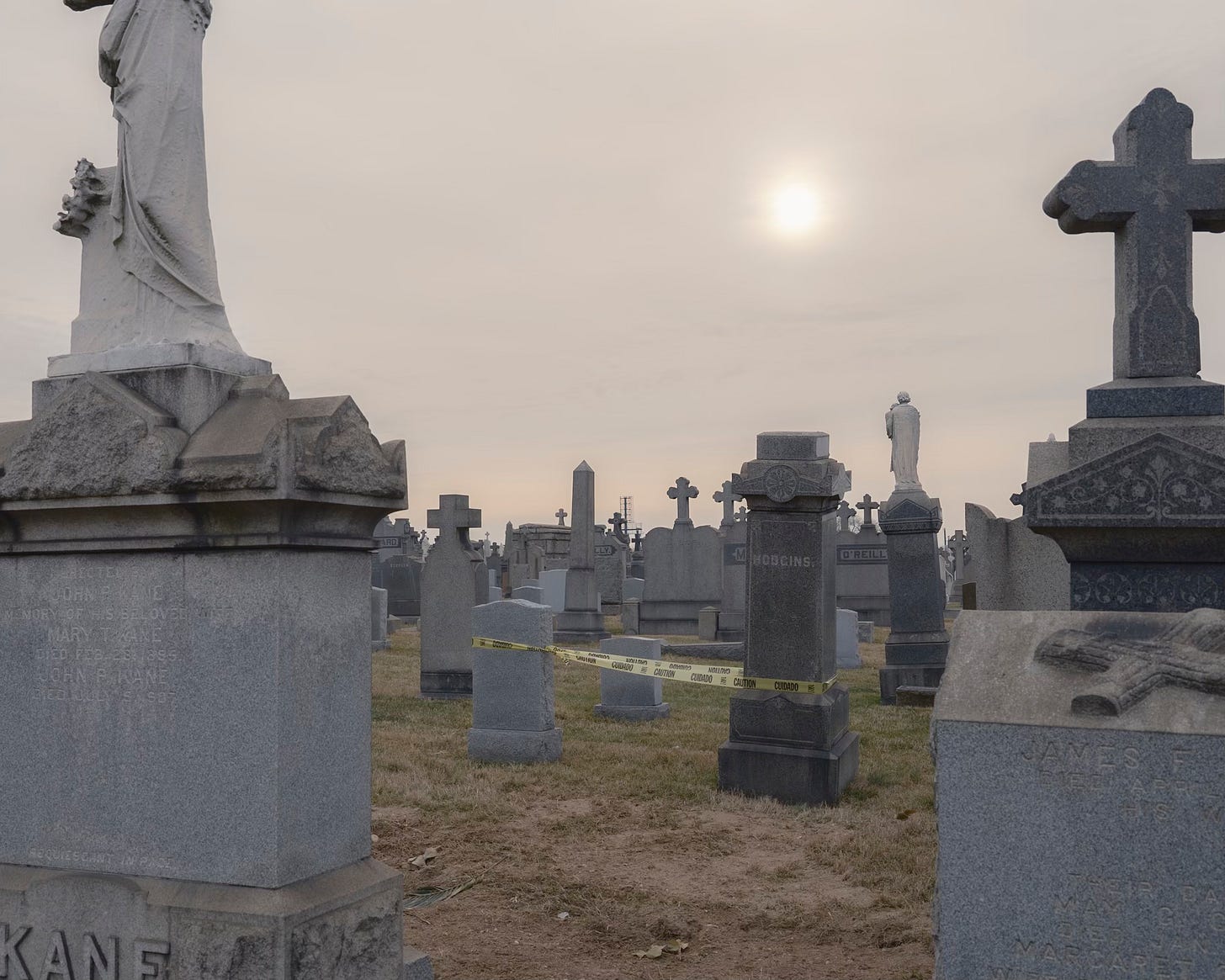

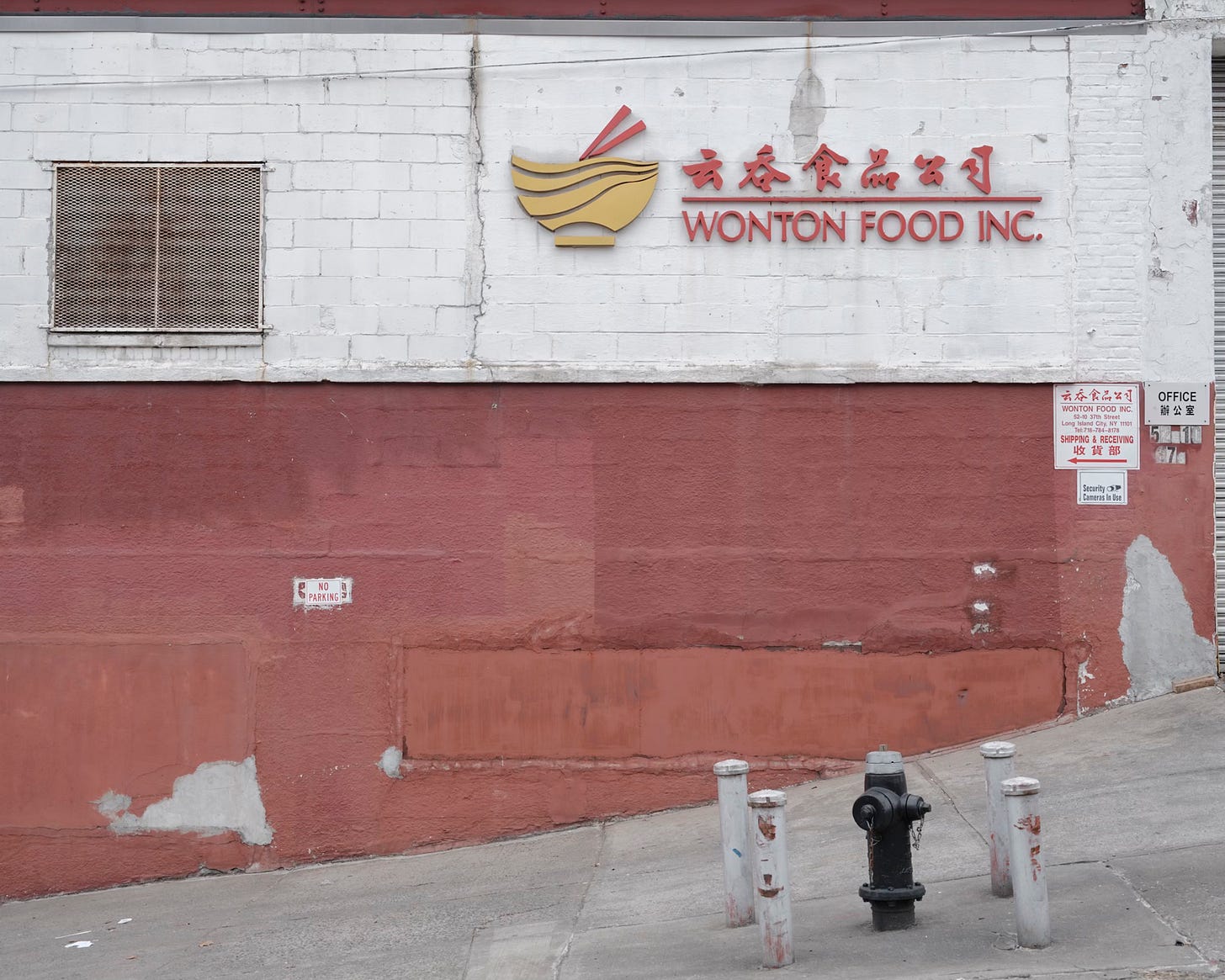
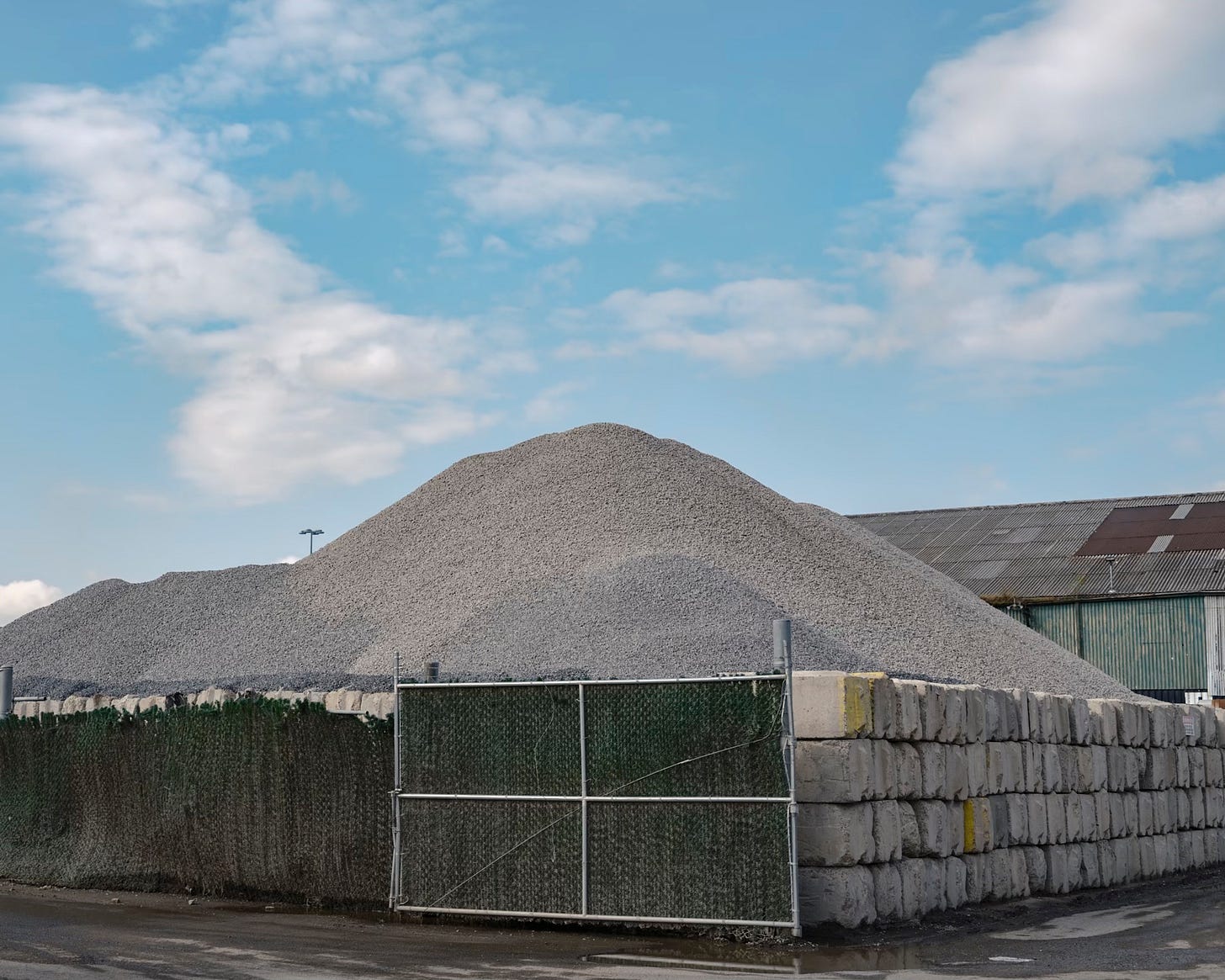

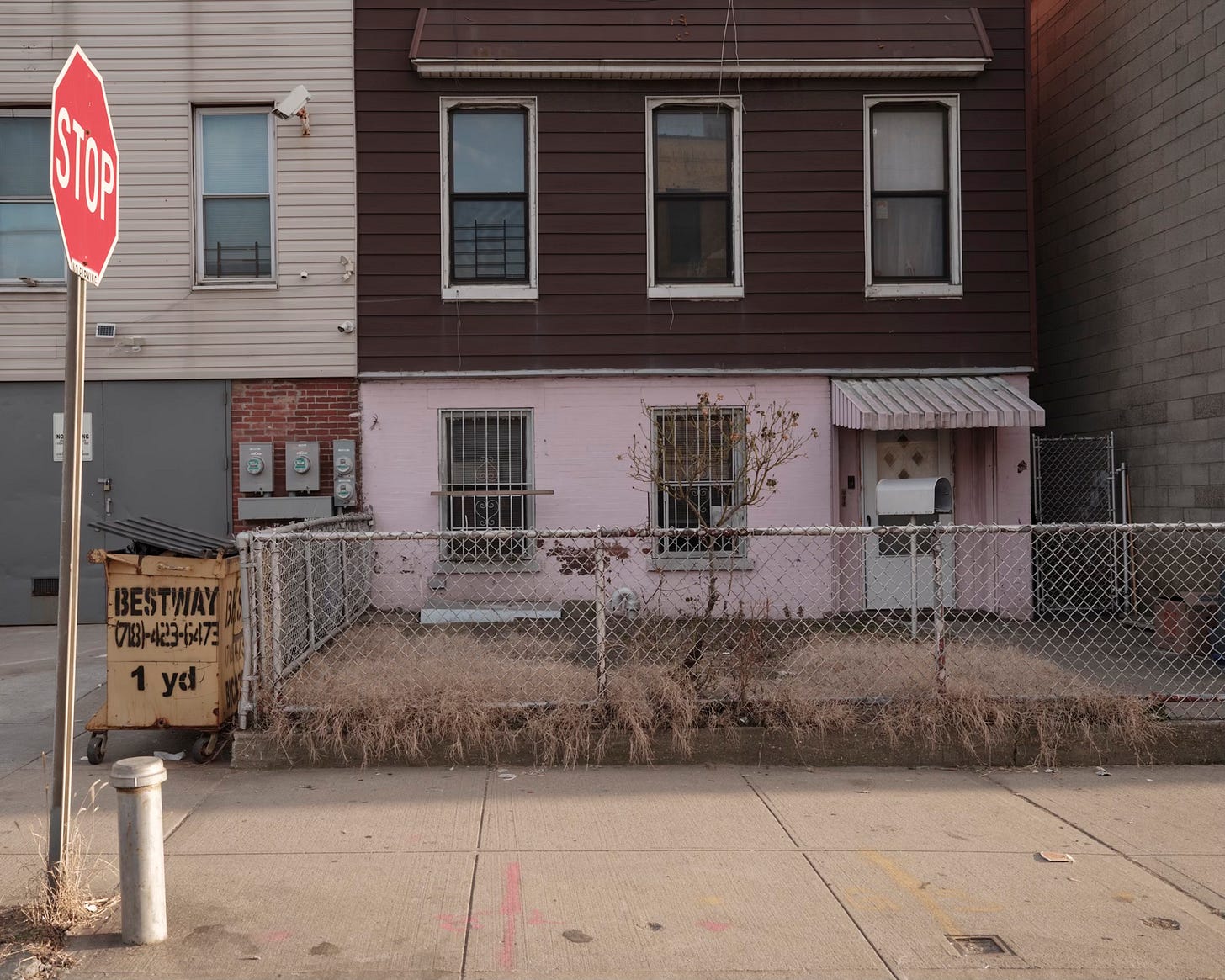
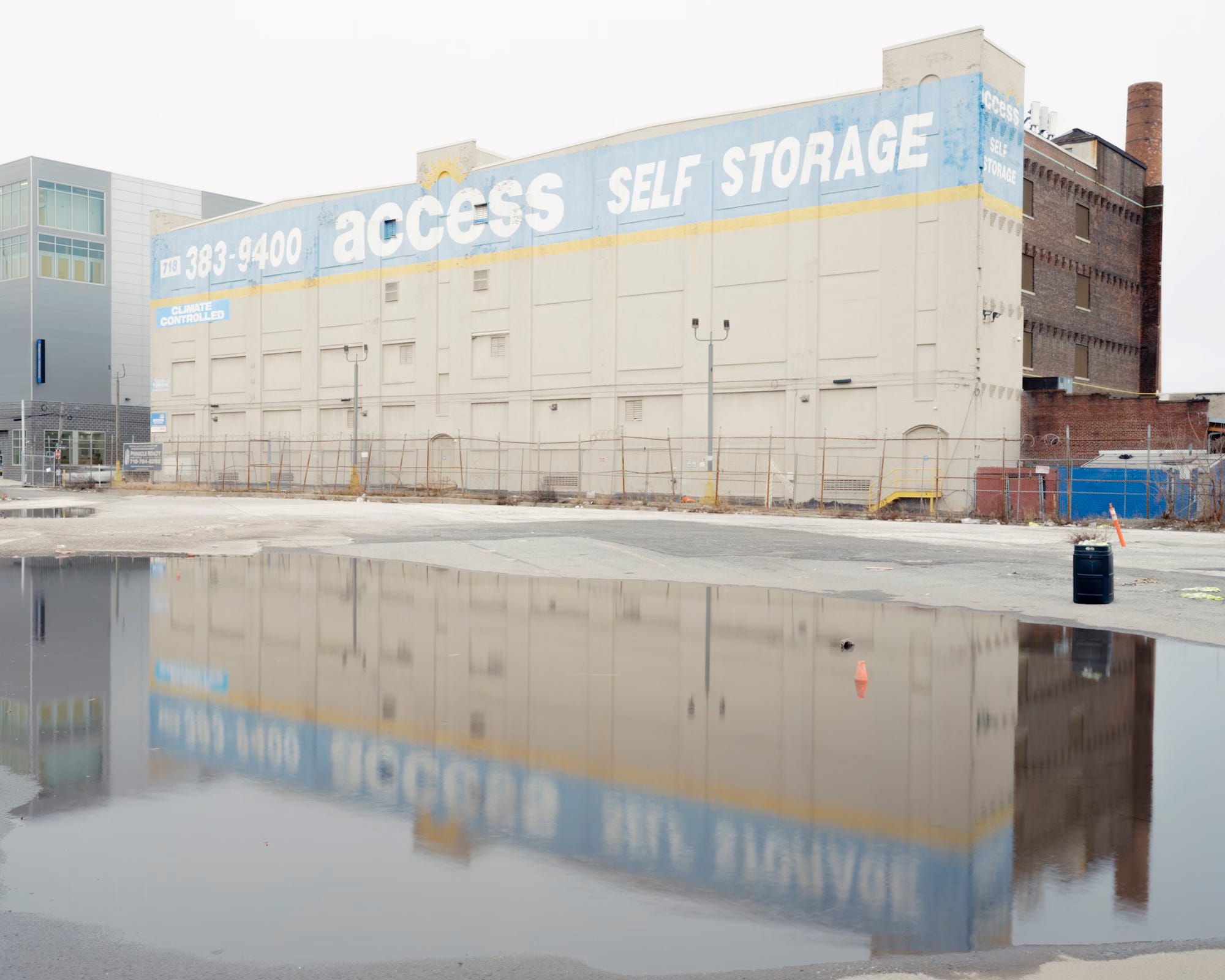





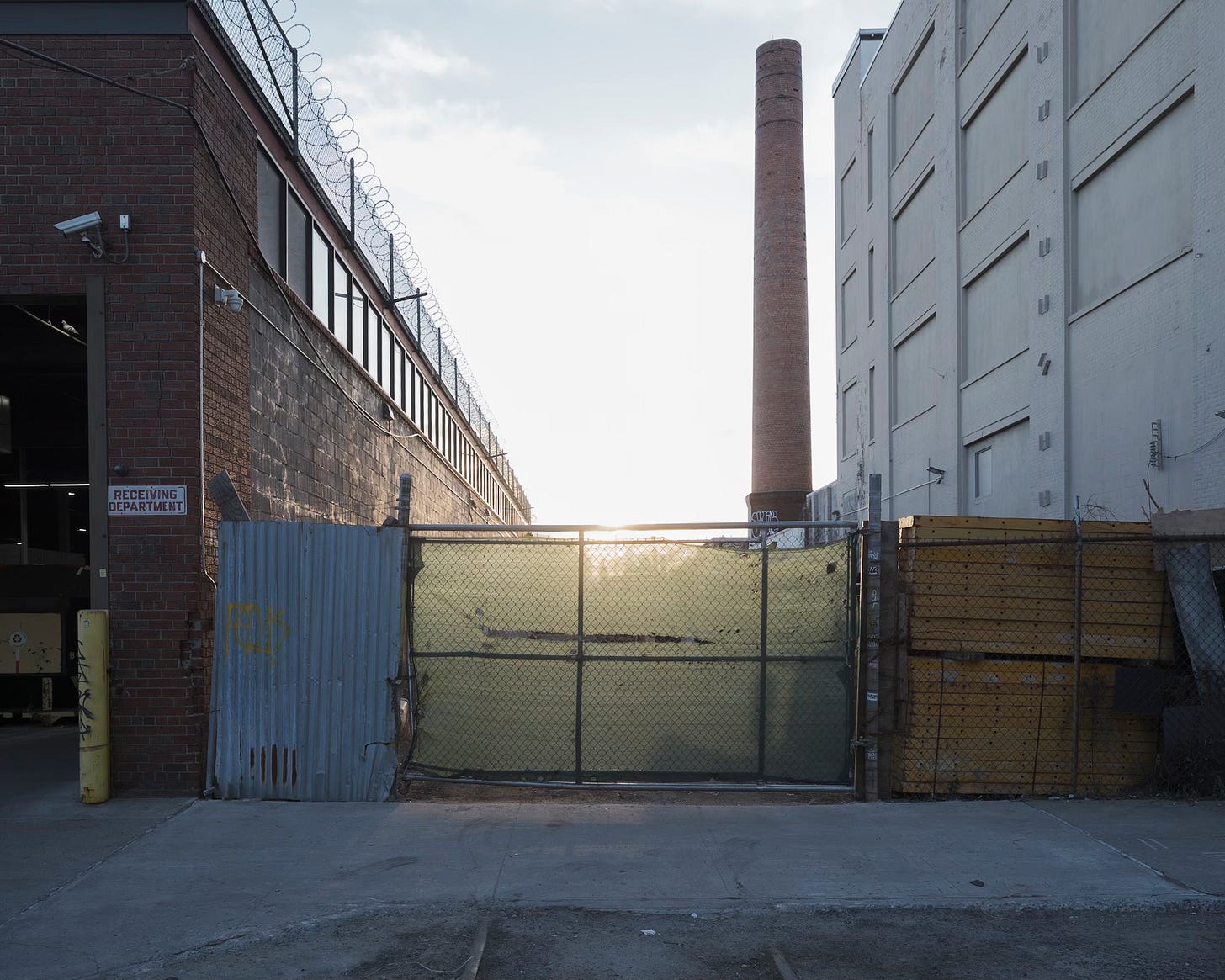
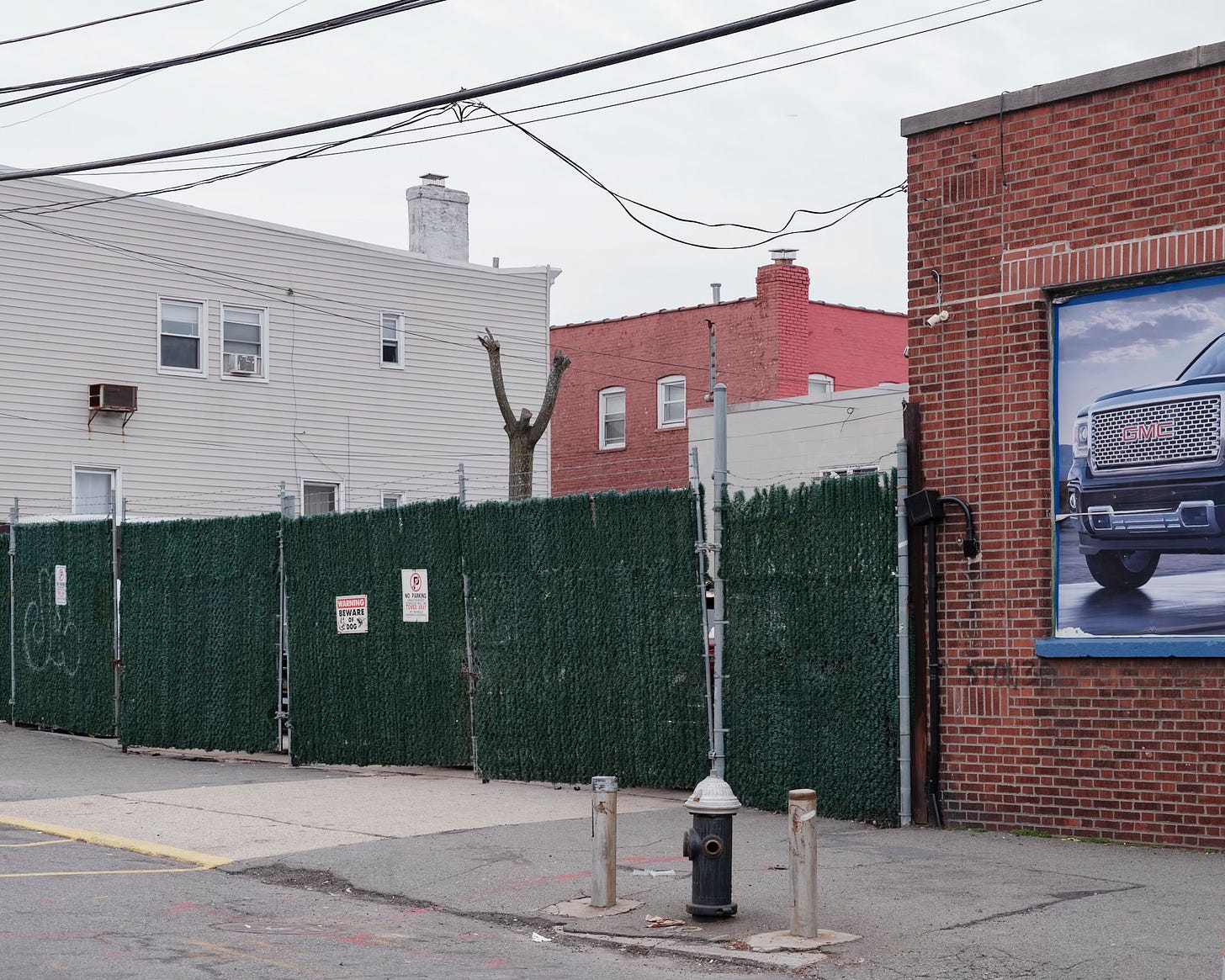
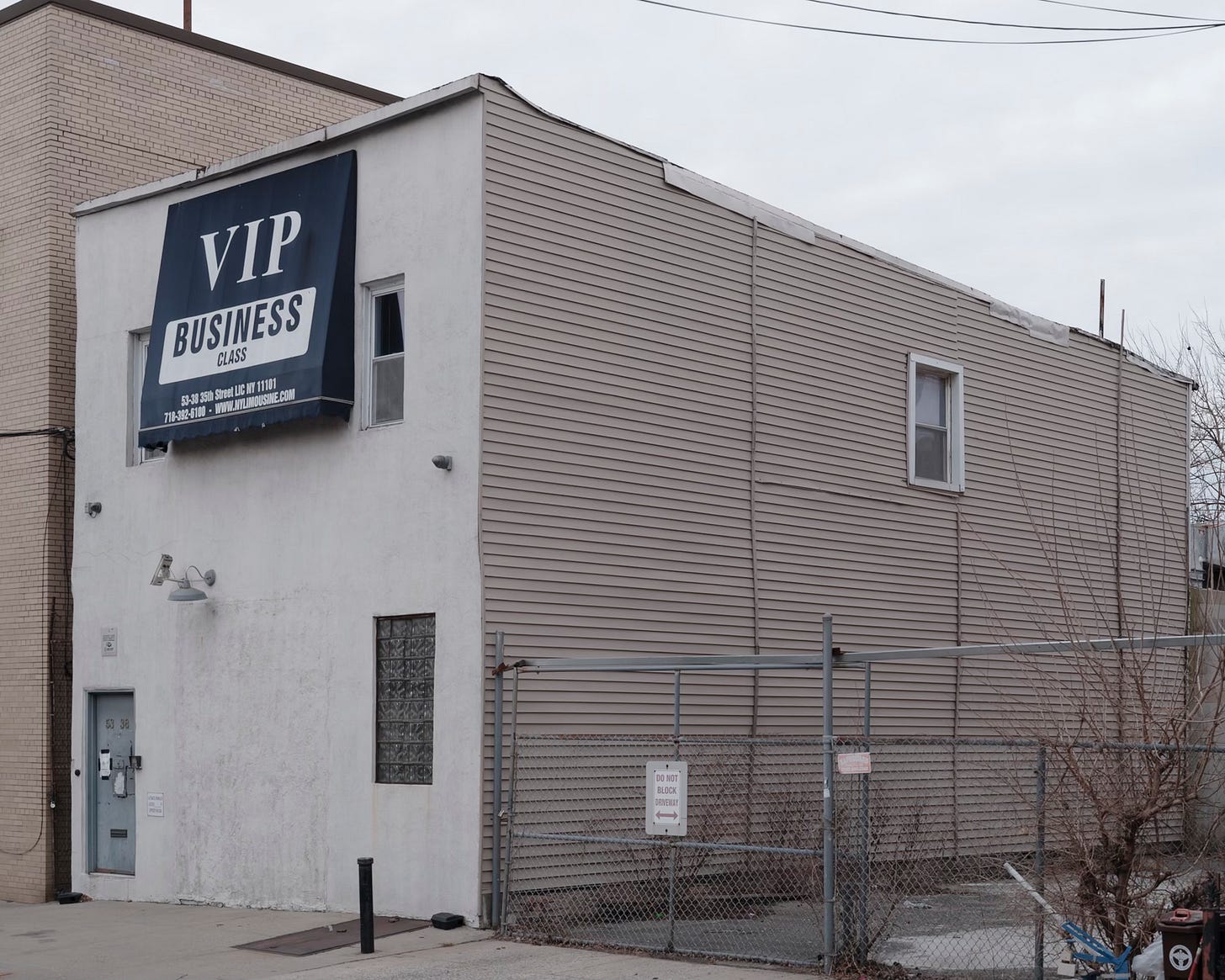

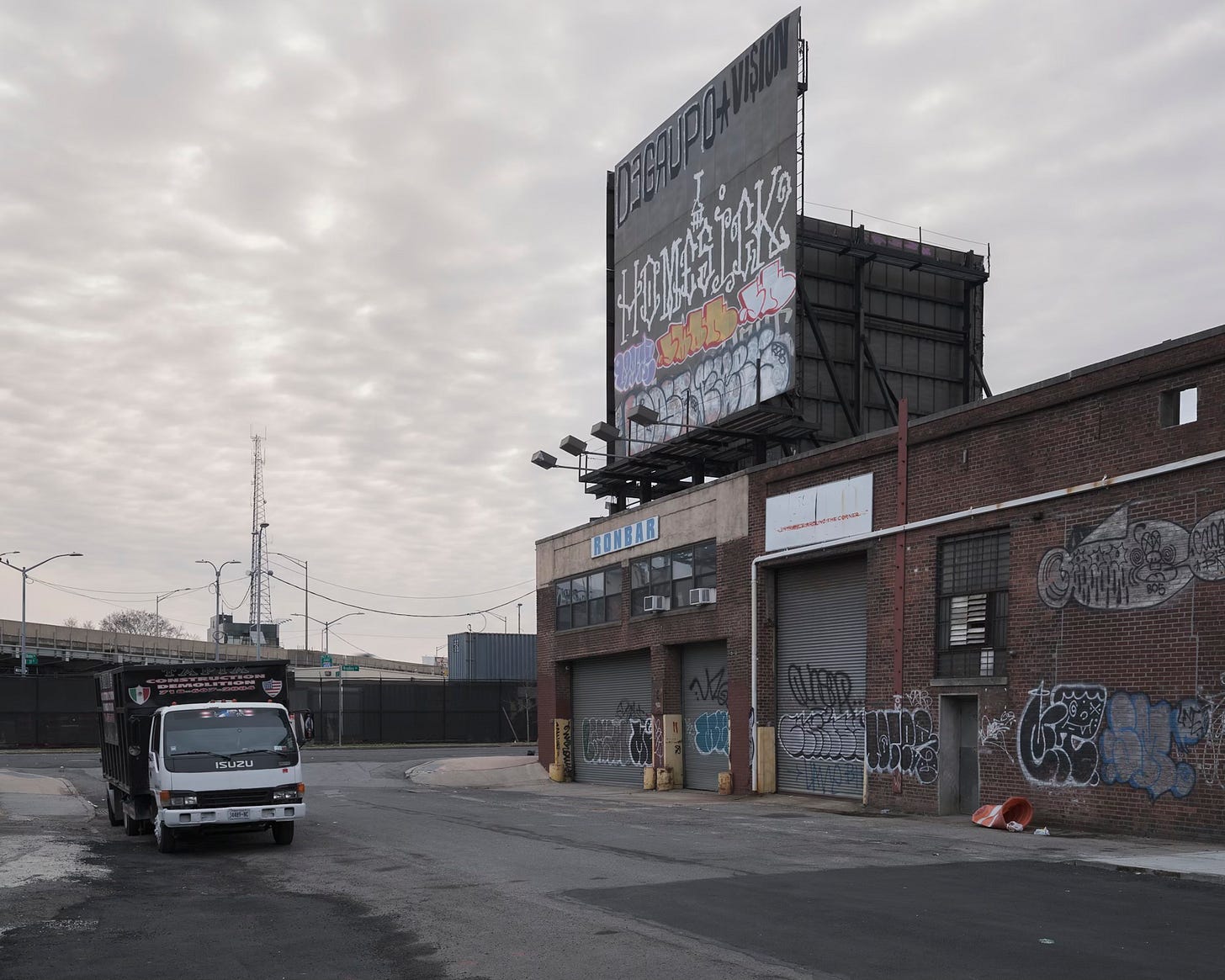

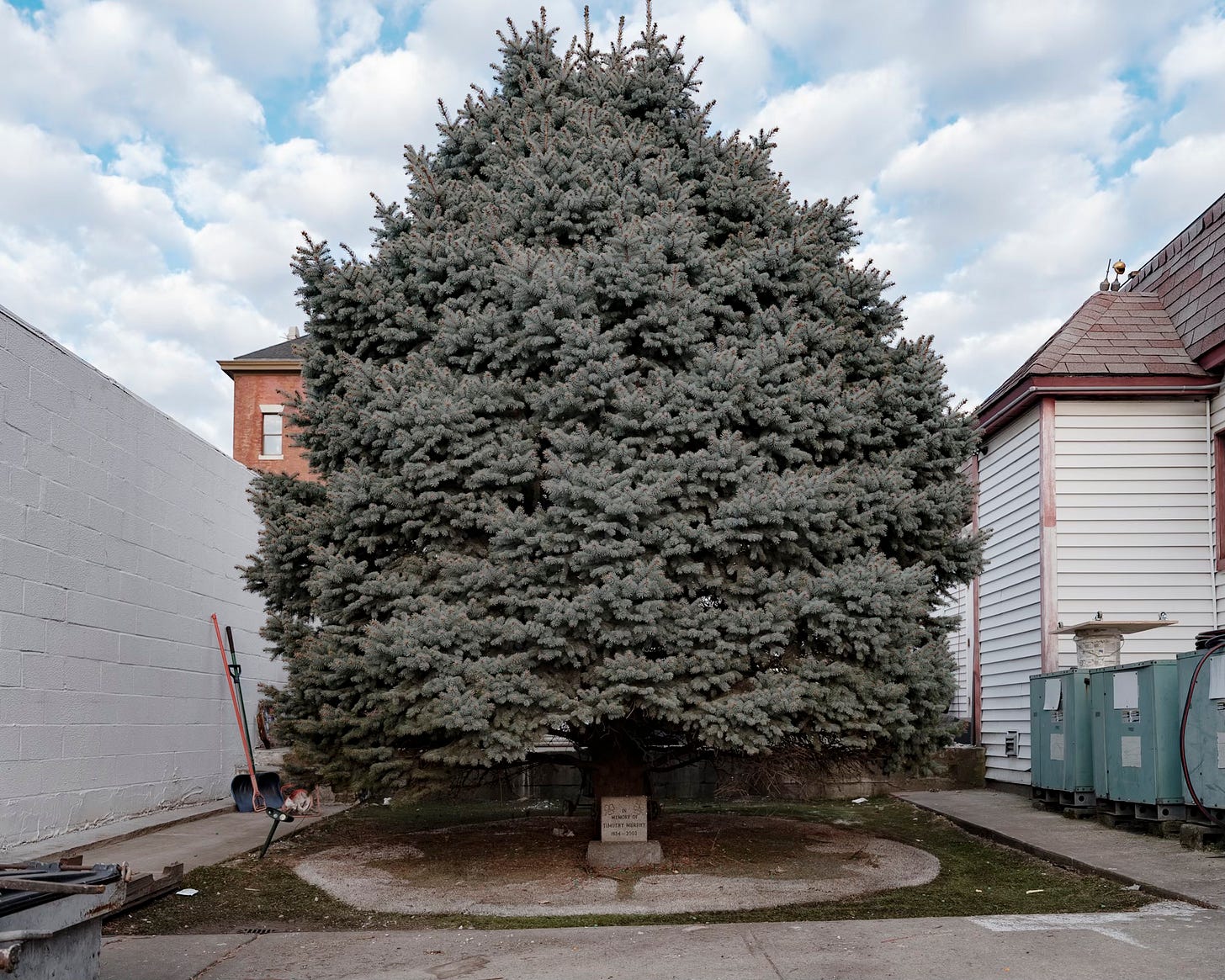
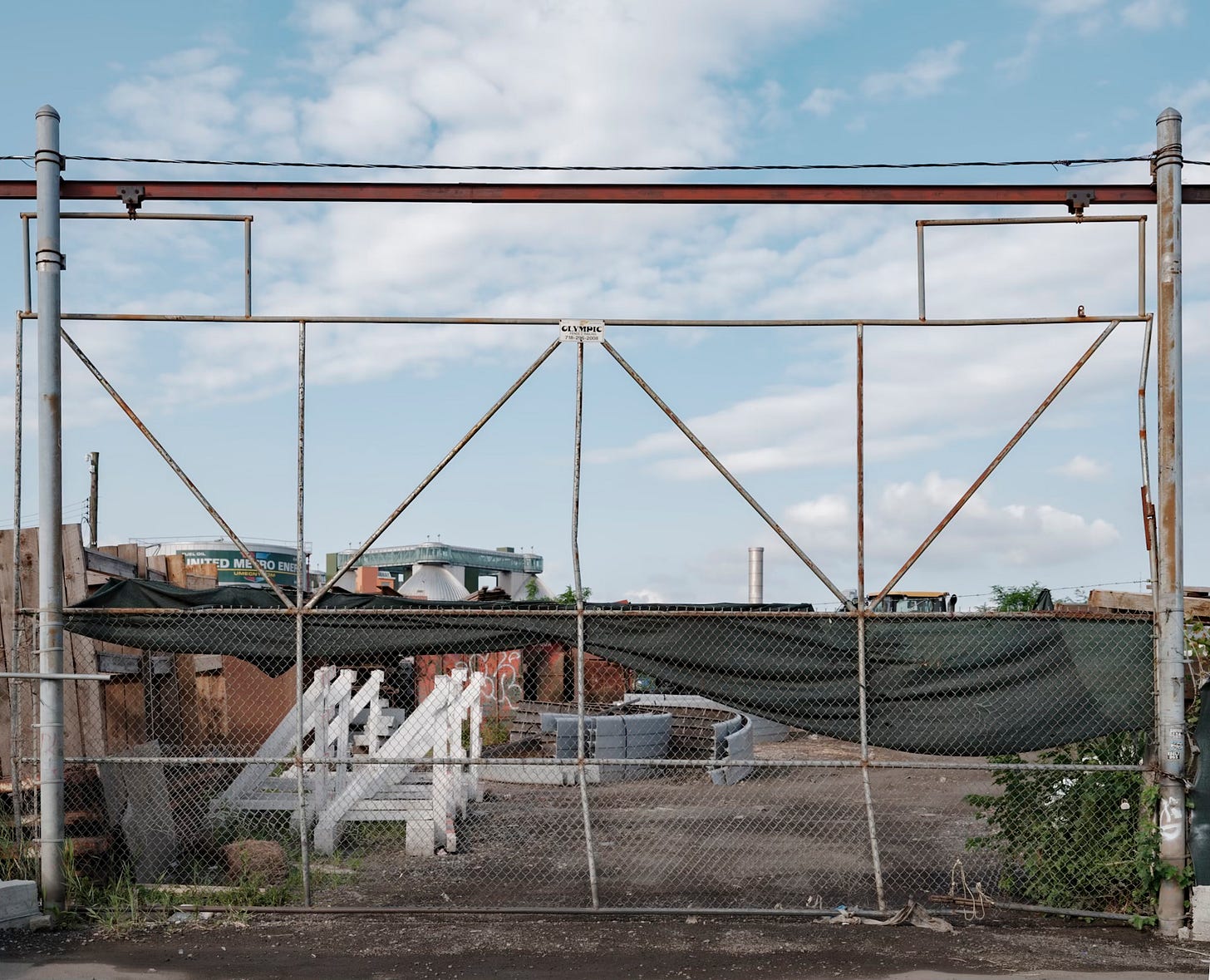


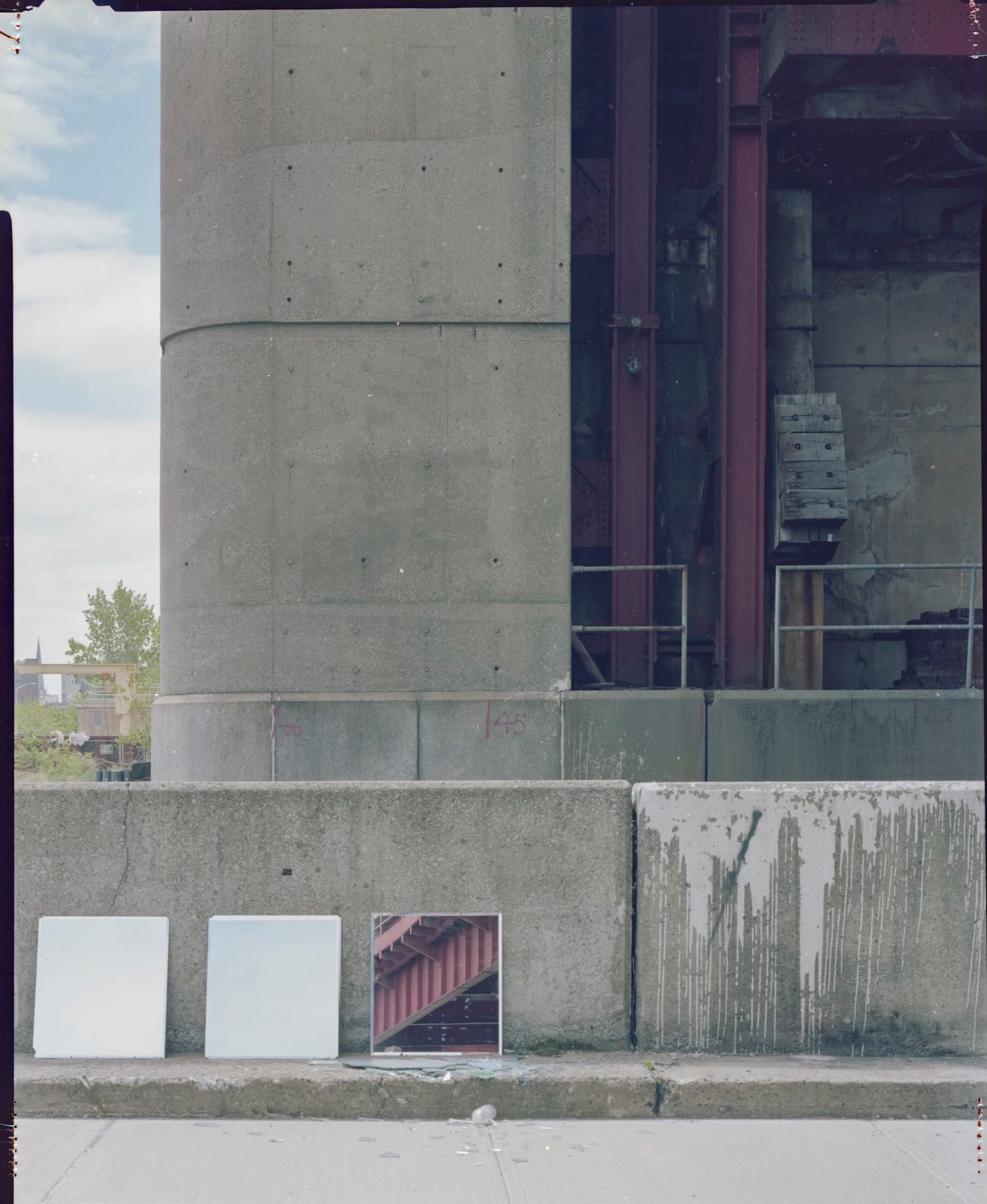
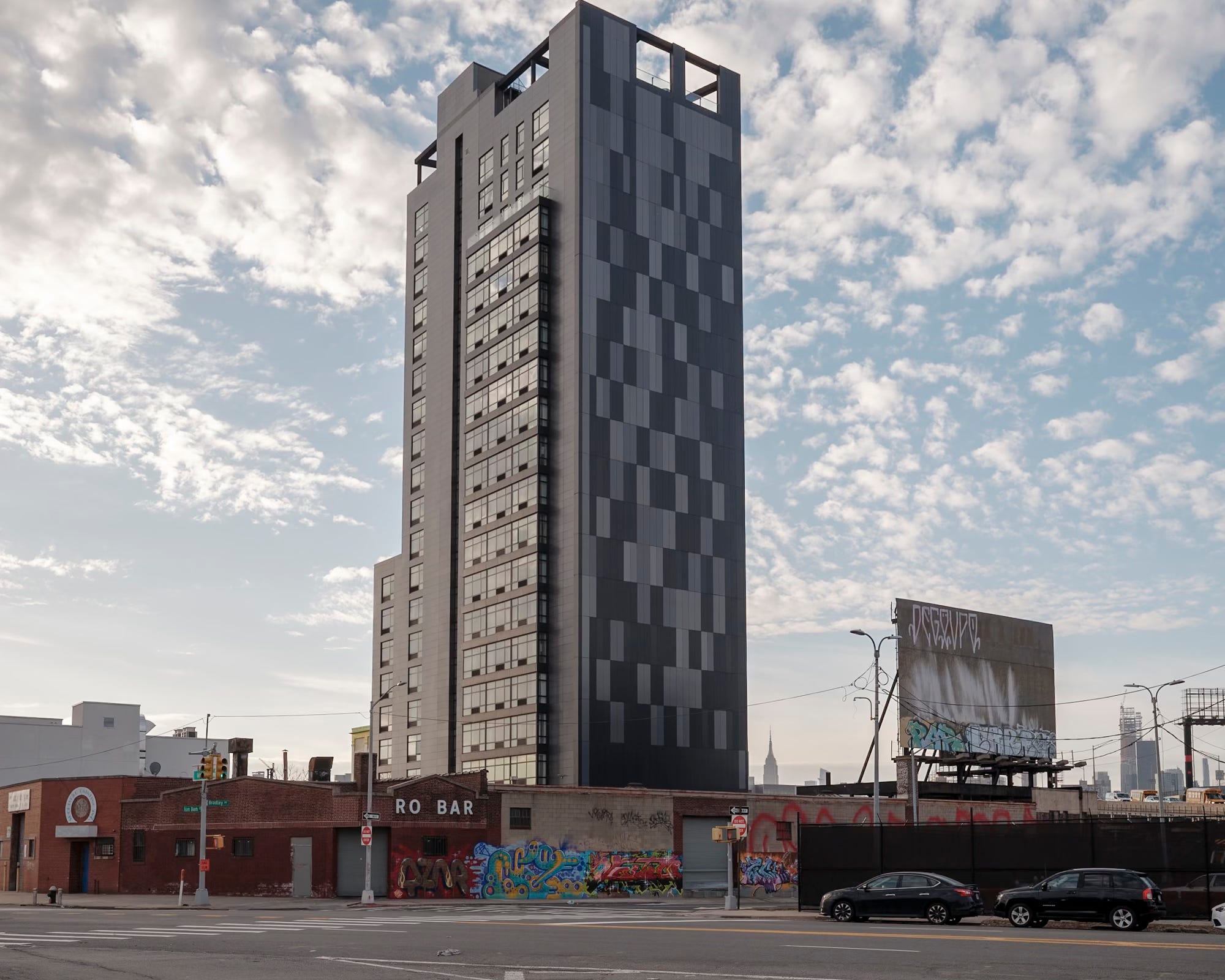

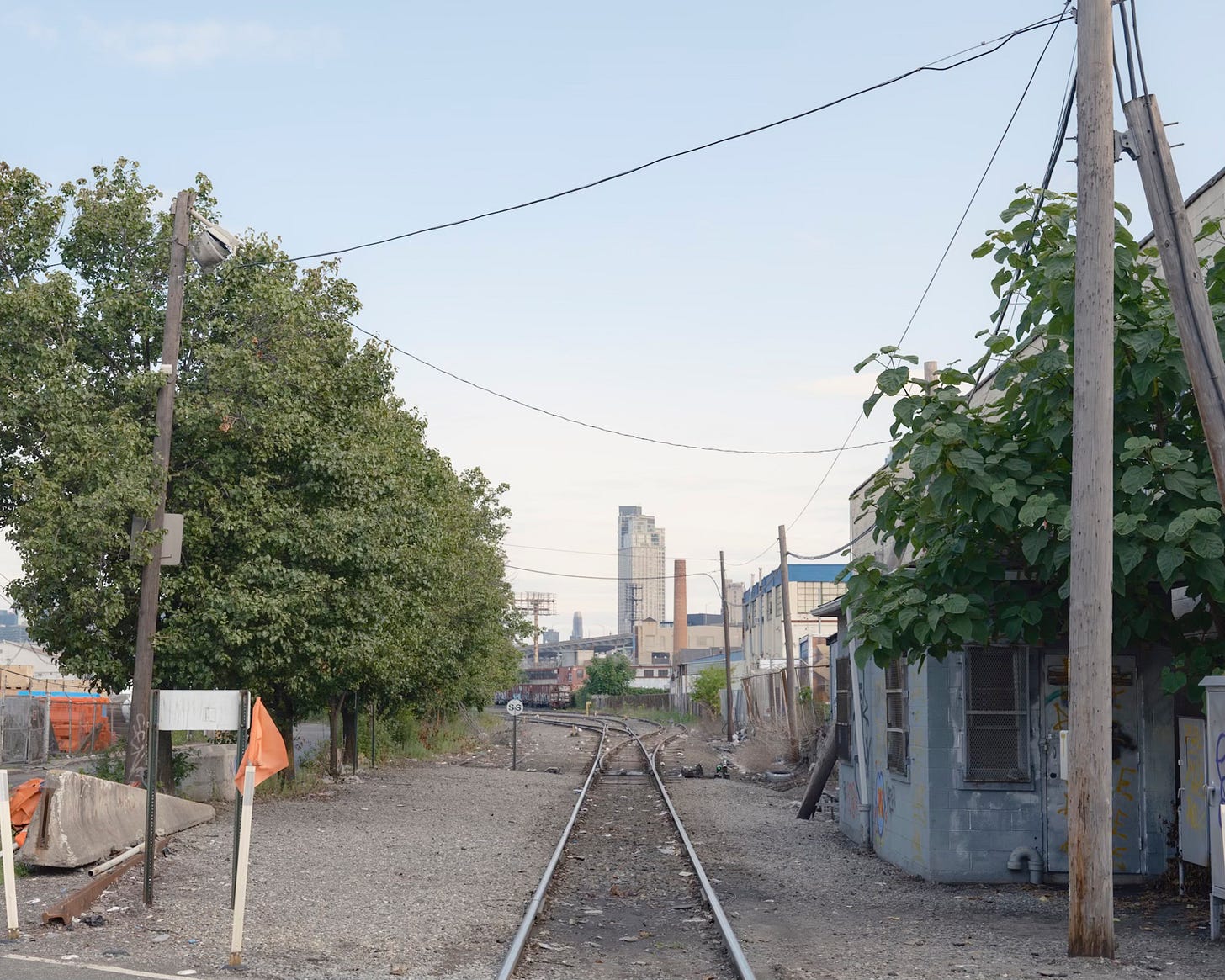

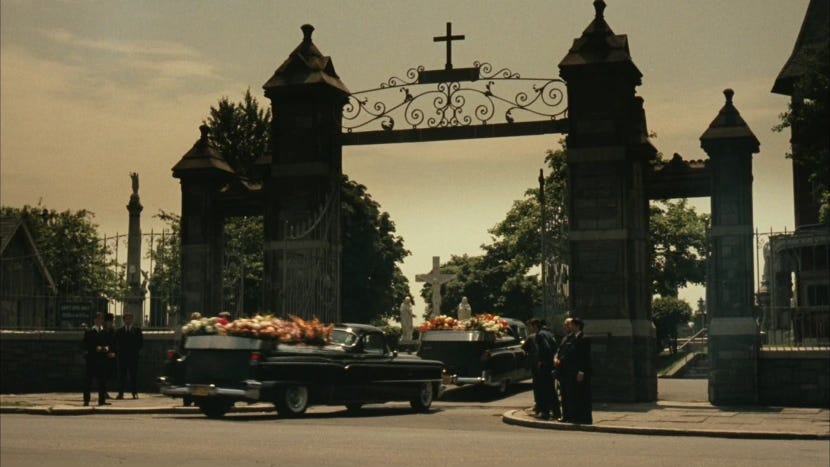
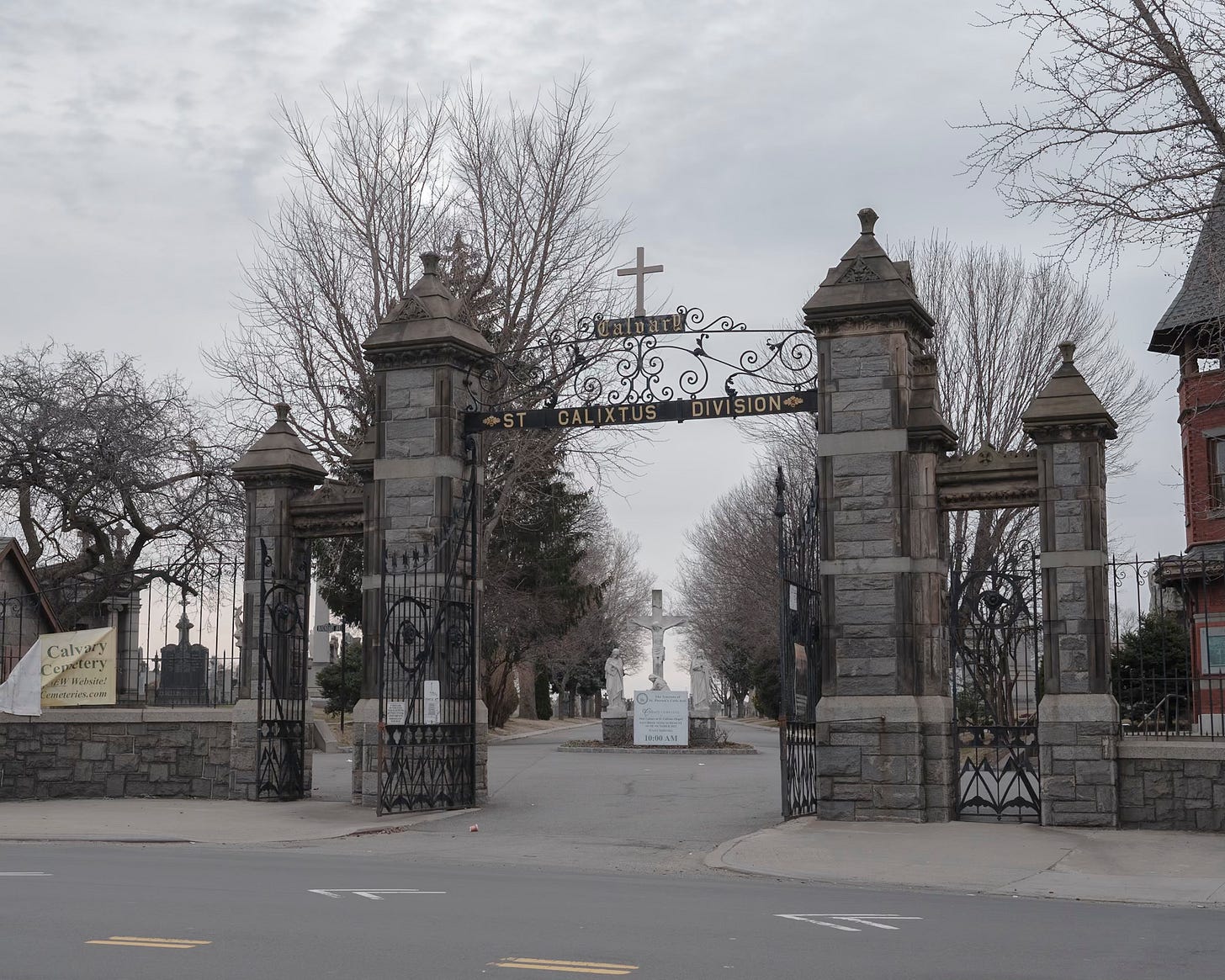
Well, that was a gut-churning description ... can't imagine the squalor of living in Blissville early on. I'm glad the wonton factory has things smelling better. Some of those fortunes, hahaha! Great pics, especially of that church. And the ghost story ... love it. What a great post!
👏👏👏👏👏👏👏👏 🥠🥠🥠🥠🥠